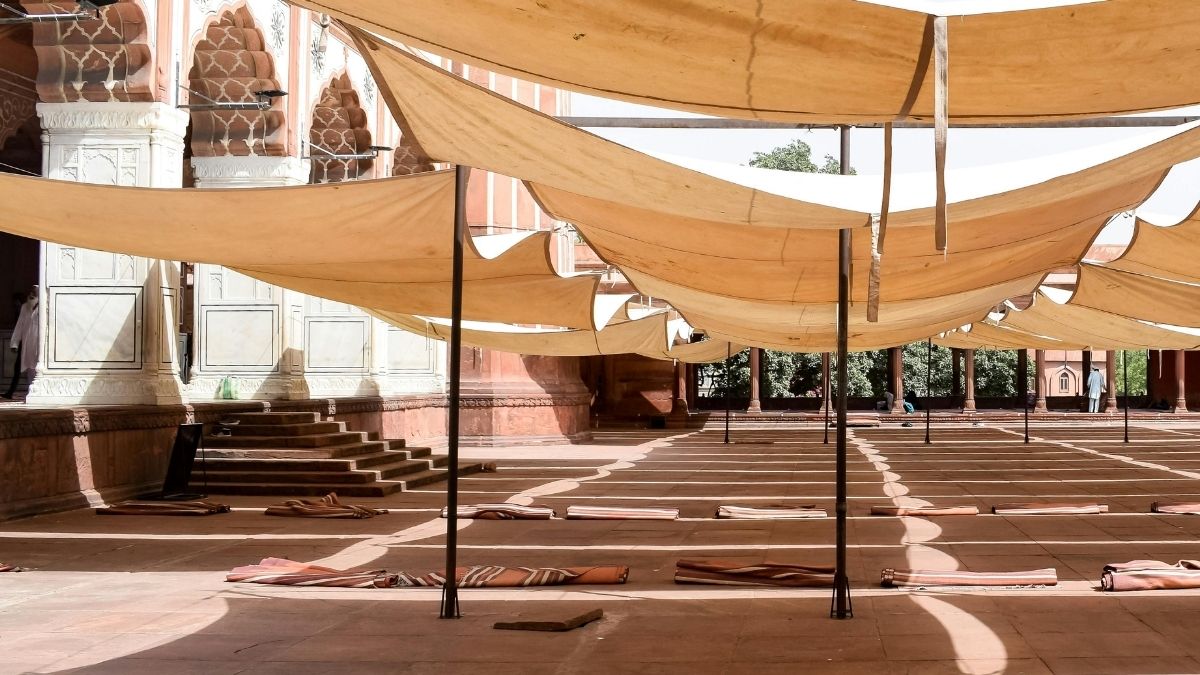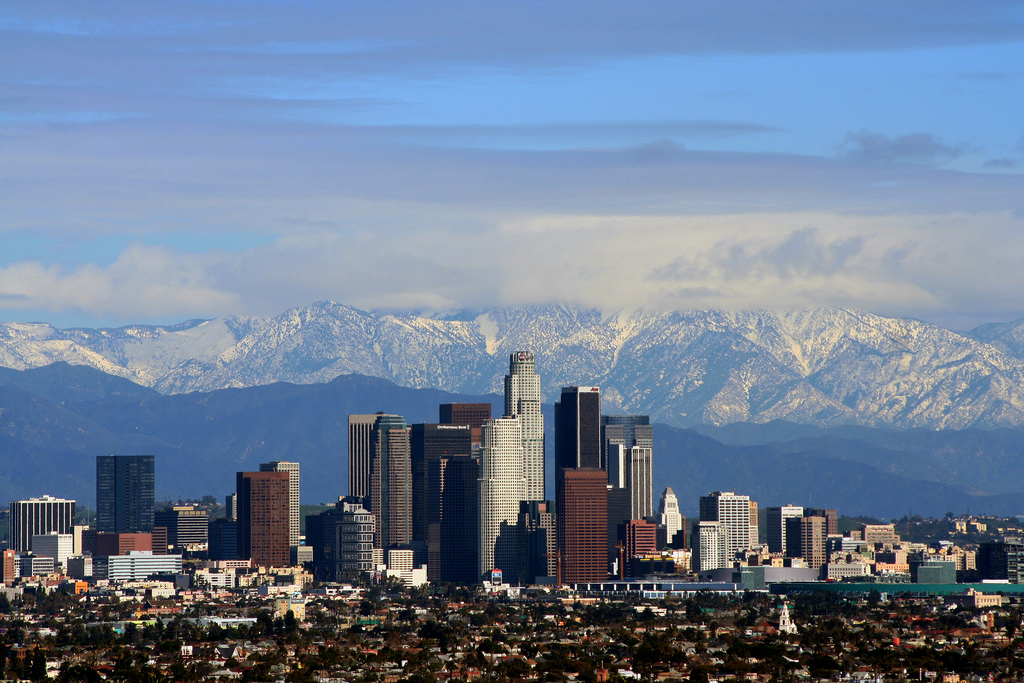Keeping cities cool: Local solutions to the global heat challenge
This blog was written by Kanak Gokarn, with contributions from Rohit Sen, Maryke van Staden, and edited by Matteo Bizzotto (ICLEI World Secretariat)
Globally, the days are getting hotter and heatwaves are becoming more frequent and intense. As a consequence, the demand for cooling, especially space cooling, continues to soar. Technologies such as indoor fans, air conditioning (AC), and similar appliances have become more important not just for thermal comfort, but for survival. According to UN estimates, the global installed capacity of cooling equipment could triple by 2050. As one of the regions with the highest need for cooling, Southeast Asia in particular could see very rapid growth in cooling demand. According to IEA estimates, under current policies, the demand for AC units could increase over seven-fold from 2019 to 2040.
Yet, it is not only about technological solutions: We also need clever designs and practical solutions in our buildings and urban areas that enable air flow, embed green areas, and incorporate appropriate materials for roads, sidewalks, roofs, and walls. Outdoors, ensuring adequate shading, alongside green and blue spaces, is increasingly essential to ensure a combined cooling effect.
Multi-faceted threat
Urban areas are particularly vulnerable due to their high population density and the classic urban heat island (UHI), as cooling is fundamentally a question of energy flows. Heat moves from warmer to cooler places, cooling down the former and heating up the latter; air conditioners, chillers, and heat pumps operate this way. However, in a city, such residual heat further intensifies the UHI effect, meaning urban areas are typically 10–15°C hotter than surrounding rural areas. This effect particularly impacts individuals and communities that may not have access to thermal comfort (cooling, shade, water)—often people who are already in precarious situations.
Cooling is also a question of energy access: Clean, reliable, and affordable energy, especially electricity, is required for most modern cooling technologies. Vulnerable and energy-poor communities are therefore at higher risk of heat-related impacts. Analysis by SE4All shows that over 600 million people globally will lack access to energy in 2030, while over 1 billion people are at high risk of lacking access to cooling. Just over two-thirds live in urban areas. It is imperative to consider expected (and growing) cooling needs for places, people, and infrastructure when identifying appropriate cooling responses and approaches.
The lack of cooling affects not only thermal comfort and safety, but also healthcare and food security. Improved cold chains can help curb agricultural losses, which are likely to worsen as the heat rises, and to which smallholder farmers are particularly sensitive. In the healthcare sector, the safe storage of medicines and vaccines requires cooling. Finally, heat itself is a major threat to human well-being and productivity, affecting the most vulnerable particularly severely; newborns, children, and the elderly. It also negatively affects mental well-being, increasing stress, anxiety, and troubles concentrating.
What local and regional governments can do
To ensure a more sustainable approach, the focus should not only be on one type of technology, but rather plan for a plethora of well-considered actions that tackle space and other cooling needs. Moreover, the rapid increase in cooling demand will likely lead to higher electricity demand. Not only will this stress electricity grids even more, it will also lead to higher emissions if this electricity is sourced from fossil fuels. To address this, cities, towns and regions need to embrace sustainable cooling practices based on well-informed urban planning that incorporates energy efficiency, renewable energy, and nature-based solutions. When harmonized, they can lead to lower urban temperatures, cut energy demand (and by extension, emissions), and improve public well-being. Local and regional governments overseeing urban areas can act on all three.
At a system level, the more renewables displace fossil fuels, the lower the emissions intensity of cooling. Decentralized renewable energy generation can allow for the creation of ‘cool zones’ throughout cities to provide relief in public spaces, such as bus stops in Seville or libraries in Los Angeles. Such setups can also help in the expansion of cold chains to bolster food and health security. Renewables, particularly solar PV, can also be integrated into buildings to directly supply them with emissions-free electricity, reducing the stress on the grid. District cooling systems, while massive infrastructure undertakings, can be an efficient way to integrate renewable energy into cooling quickly and can also utilize existing resources, such as wastewater. Bangkok’s district cooling system at the Suvarnabhumi Airport initiatives show how renewables can support large-scale, low-emission cooling.
In terms of energy efficiency, buildings are where most cooling is ‘consumed’. Designing them to reduce the need for cooling and avoiding leakages must be a priority. Moreover, indoor temperatures can be passively reduced through features like reflective roofs, natural ventilation, shaded windows, and better insulation—similar features can also be found in indigenous building designs. Cities like Kuala Lumpur and Jakarta are exploring such solutions by introducing green building codes, which can also help set energy intensity standards. These measures can be complemented with national-level frameworks, such as improved energy performance standards for cooling appliances.
Finally, better urban design can lead to reduced energy demand and cooler streets, especially through the integration of nature-based solutions. Urban forests, green roofs and spaces, and water features can cool the air around them through shade and evapotranspiration. In Singapore, vertical gardens and rooftop greenery are now integrated into hospital and commercial building designs, blending sustainability with aesthetics.
Yet, finding the resources to implement such solutions can be challenging. Deploying public finance in a strategic manner can help spur investments, as can encouraging sustainability criteria for private finance. Financing tools and structures such as green bonds, public-private partnerships, and “cooling-as-a-service” models can help unlock the investments needed to transform urban cooling.
A call to action
Fortunately, this growing challenge seems to be receiving greater global attention. During COP28, over 70 governments pledged to act on sustainable cooling. In addition, the Cool Coalition, led by the UN Environment Program, serves as a platform that convenes governments, experts, and other stakeholders to spur urgent action and identify options to fast track action. Local and regional governments can and are using the powers at their disposal to create safer and more comfortable urban spaces. ICLEI, as a Cool Coalition partner, brings its expertise on biodiversity, climate, energy, finance and resilience to the table.
“As heat intensifies, local and regional governments stand at the front lines of response. Urban cooling is not just a technological challenge, but a question of resilience, equity, and sustainability,” says Kobie Brand, ICLEI’s Deputy Secretary General and member of the Cool Coalition’s Steering Committee. “At ICLEI, we see that advancing sustainable cooling requires embedding solutions into the fabric of urban life. And as a partner in the Cool Coalition, we help ensure that city action on cooling is recognized and supported.”
As a major developmental and climate priority, cooling will require a holistic and multi-stakeholder approach that integrates it into existing climate, energy, heat action, and development plans. The spread of sustainable cooling should be inclusive in terms of access to cooling technologies, energy-efficient buildings, and so on, particularly for informal settlements, elderly residents, children, and outdoor workers. Proactive planning, implementation, and enforcement can improve sustainable cooling access and availability, ensuring no one is left behind in the heat.





